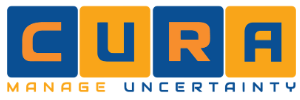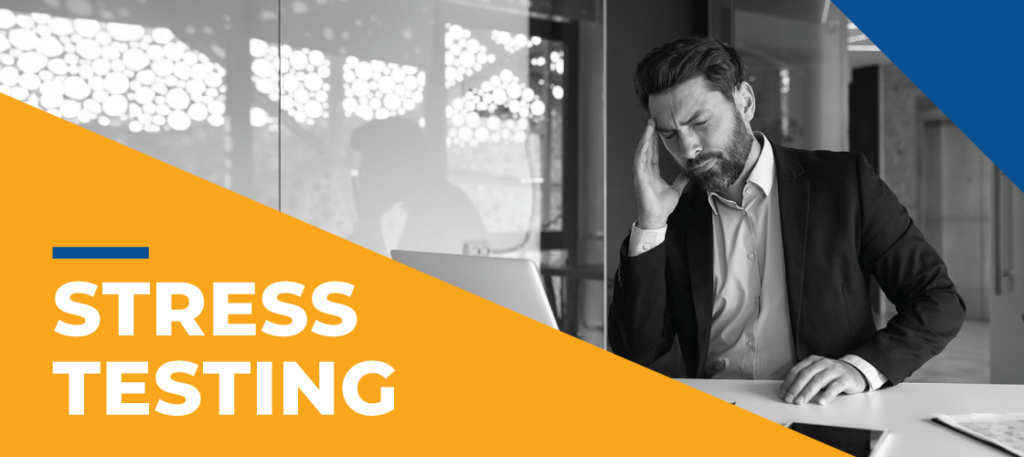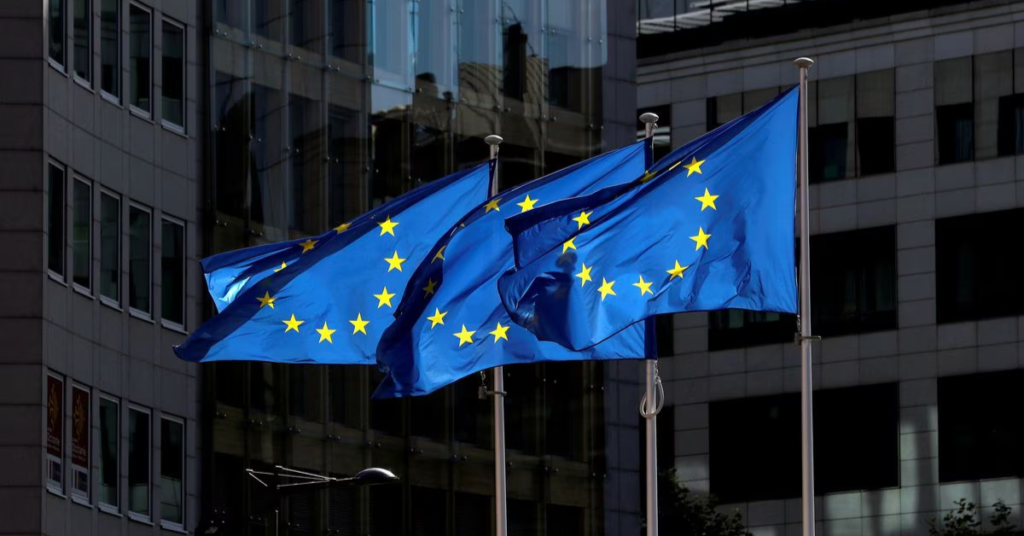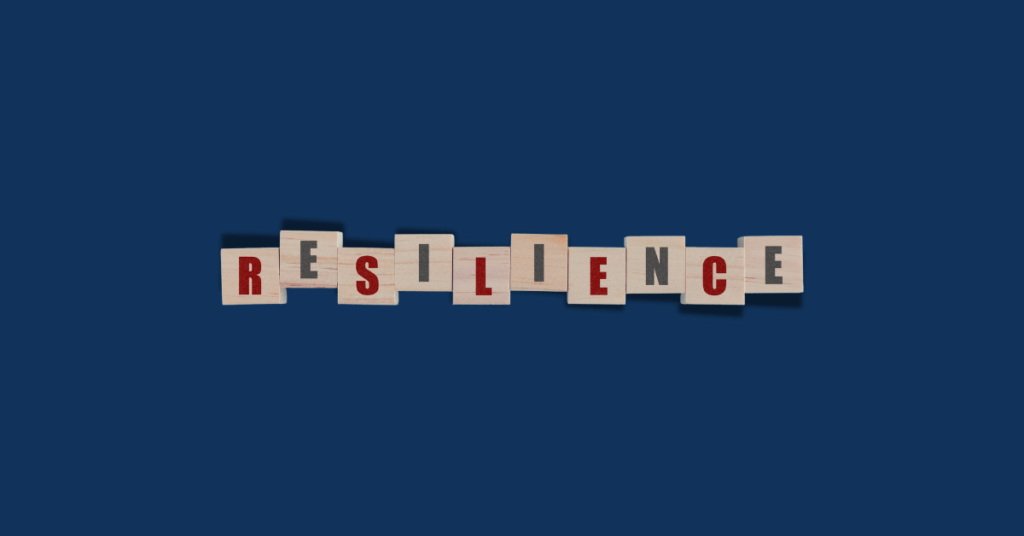When assessing your compliance function through the lens of strategic foresight, it becomes apparent that the futures of compliance are complex, dynamic, and uncertain. Viewing compliance in the context of futures (plural) allows us to imagine the multiple possible future states of compliance. This empowers us to transcend limitations of traditional thinking and move into a mindset of opportunity, possibility, plausibility, and preparedness.
Adopting this approach, you will find that the business case for manual processes is significantly diminished. Compliance functions, practitioners and professionals will need to arm and elevate themselves. Not only to survive the exponential complexity of regulation but to be able to leverage a proactive approach for compliance as a business enabler.
Align with strategy
A strategic approach to compliance is vital. Identifying the connection between compliance obligations and their effect on business objectives enables you to assess and manage these obligations holistically. The systemic nature of business means that organisational silos, while convenient, lack the integration needed for compliance to be a business enabler.
A mindset shift is needed to move away from standard connotations of compliance as a preventive “grudge purchase”. A compliance function that is not only on top of but ahead of their obligations can be a great source of opportunity for a business.
With strategic alignment and a futures focus, your compliance function can begin to identify and act on early indicators, conduct meaningful environmental scanning, and recognise patterns in regulatory developments.
Optimising compliance processes
Manual processes are often necessary to get started but won’t contribute towards business efficiency initiatives and may also pose significant risk with human error. The costs that can be incurred due to non-compliance could be debilitating for an organisation.
Increased complexity, compliance landscape transformation and regulatory scrutiny have created a melting pot of new responsibilities for compliance practitioners. In a poll conducted at the Compliance Institute Southern Africa’s annual conference, when asked what their biggest compliance challenge is, 52% of respondents said, “keeping up with legislative changes” followed by 37% who said, “monitoring and assessing your compliance status”.
Compliance professionals are feeling greater pressure to do more and do better with fewer resources, forcing an operational re-think. A logical next step is to move away from mundane tasks (where possible and appropriate) that can be optimised by technology, automation, or outsourcing. Shifting into more automated and streamlined compliance processes opens spaces and cultivates conditions for opportunity creation from your compliance function. Compliance practitioners can focus on core responsibilities that add value, instead of being inundated with time-consuming manual or administrative tasks.
Assessing your needs
Taking the leap to automate or outsource compliance activities can often be daunting. A baseline assessment of your current processes and future requirements is a good first step.
- Conduct a Gap Analysis: identifying gaps in your compliance processes will enable you to target areas where support is most needed. You can also use this step to evaluate which activities need improvement across time and resource consumption. This analysis should be framed within the context of serving organisational objectives as well as any future obligations you may encounter.
- Define Requirements: using your gap analysis, you can now develop a statement of requirements. This should be comprised of a complete list of what is needed to fill gaps and increase efficiency and effectiveness for your compliance function.
- Identify Solutions: you should now be able to investigate options available to you based on your requirements. These solutions can comprise of anything that will enable the business through optimising activities including document management systems, outsourced legal services, automated legal and regulatory content and updates, advisory and change management services, compliance management software, etc.
Before deciding on any single solution, technology, or partner, significant research should be done to evaluate each option against requirements identified, resources available and benefits that are expected. Many solutions or process changes will require buy-in from key decision-makers who may have pre-requisite expectations including:
- Business objective alignment
- Streamlined processes
- Return on investment
- Integration capabilities
- Improved compliance status
While there are many compliance processes and activities that rely on manual input there are also a multitude of ways to enhance this and lift the administrative burdens off compliance professionals. We can leverage an entire value chain of people, processes, and technology to get the most out of our compliance function and all it takes is a few steps to get started. How are you preparing now, for the multiple futures ahead?
This article was originally written for the Compliance Institute Southern Africa as part of their 2021 Conference Thought Leadership which can be accessed here.











